1. General characteristics
The solder was produced in the first smelt of tin and copper. The use of a continuous casting process ensures minimization of the generation of oxides in the solder. As a result, the phenomenon of the formation of dross in the soldering process is significantly reduced. The composition of the solder complies with the ISO 9453:2014 standard. The solder alloy intended for mechanized soldering in electronics, electrical engineering and other industrial applications where meeting the requirements of the RoHS2 Directive is required.
2. Alloy composition [%]
|
Sn
|
Cu
|
Bi
|
Sb
|
Ag
|
Cd
|
Au
|
In
|
Pb
|
Al
|
As
|
Fe
|
Ni
|
Zn
|
|---|---|---|---|---|---|---|---|---|---|---|---|---|---|
|
rest
|
0,50 - 0,90
|
max 0,10
|
max 0,10
|
max 0,10
|
max 0,002
|
max 0,05
|
max 0,1
|
max 0,07
|
max 0,001
|
max 0,03
|
max 0,02
|
max 0,01
|
max 0,001
|
3. Physical and chemical properties
|
Melting point: (solidus / liquidus)
|
227°C
|
|
Density
|
7,31 g/cm3
|
|
Electrical conductivity
|
0,126 μΩ•m
|
|
Thermal conductivity
|
66 W/m•K
|
|
Tensile strength
|
300 kgf/cm2
|
|
Elongation at break
|
21%
|
|
Hardness
|
9 HB
|
|
Recommended soldering tip temperature
|
250 - 400°C
|
4. Other information
|
Available diameters
|
• 0,50 • 0,80 • 1,00 • 1,20 • 1,50 • 2,00 • 3,00 mm other on request
|
|
Available cross-sections and sizes
|
On request
|
|
Expiration date
|
not applicable
|
|
Label
|
The product is marked by a type of alloy or acc. to customer requirements Cartons, reels marked with a type of alloy, sizes, lot number and net weight.
|
|
Storage
|
Keep away from strong oxidizing agents, acids and alkaline agents. The recommended humidity level is 20-60% and temperature is 5 – 20 °C
|
Files to download:
Physical, mechanical and chemical properties available in the TDS data sheet (download above).
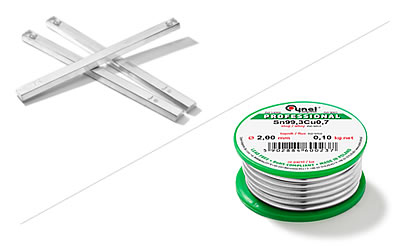
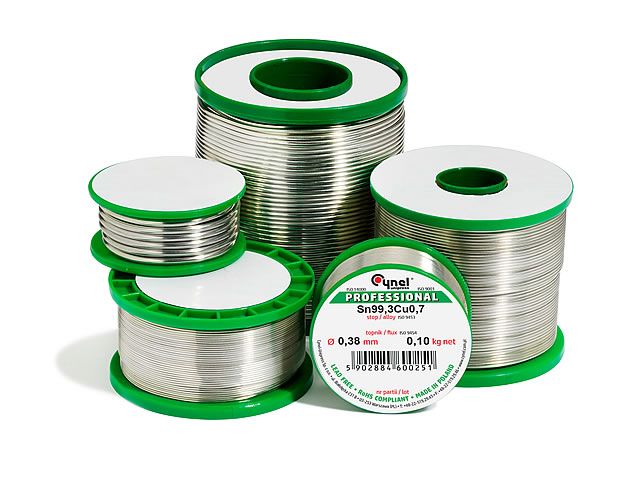
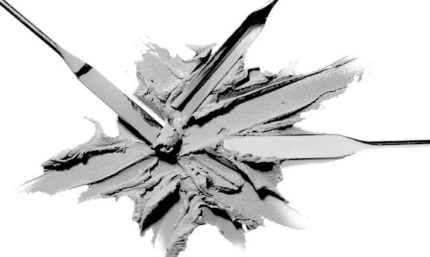
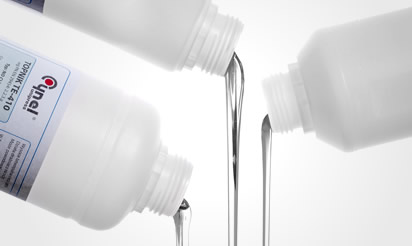


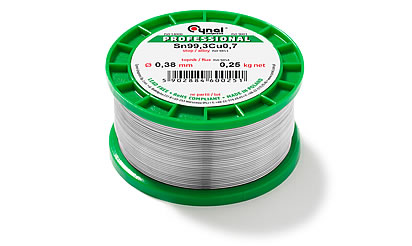
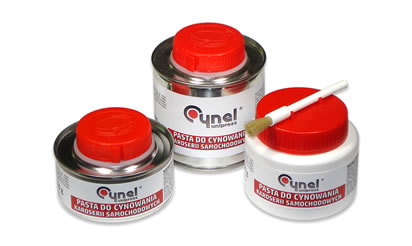
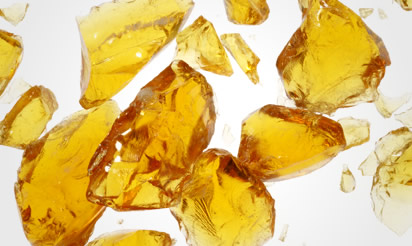
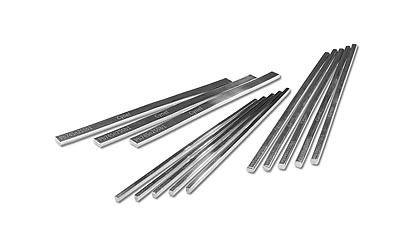
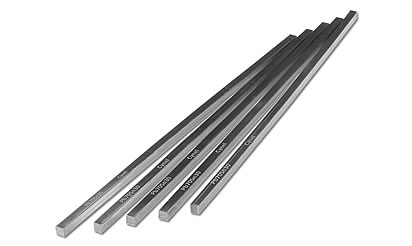
Reviews
There are no reviews yet.